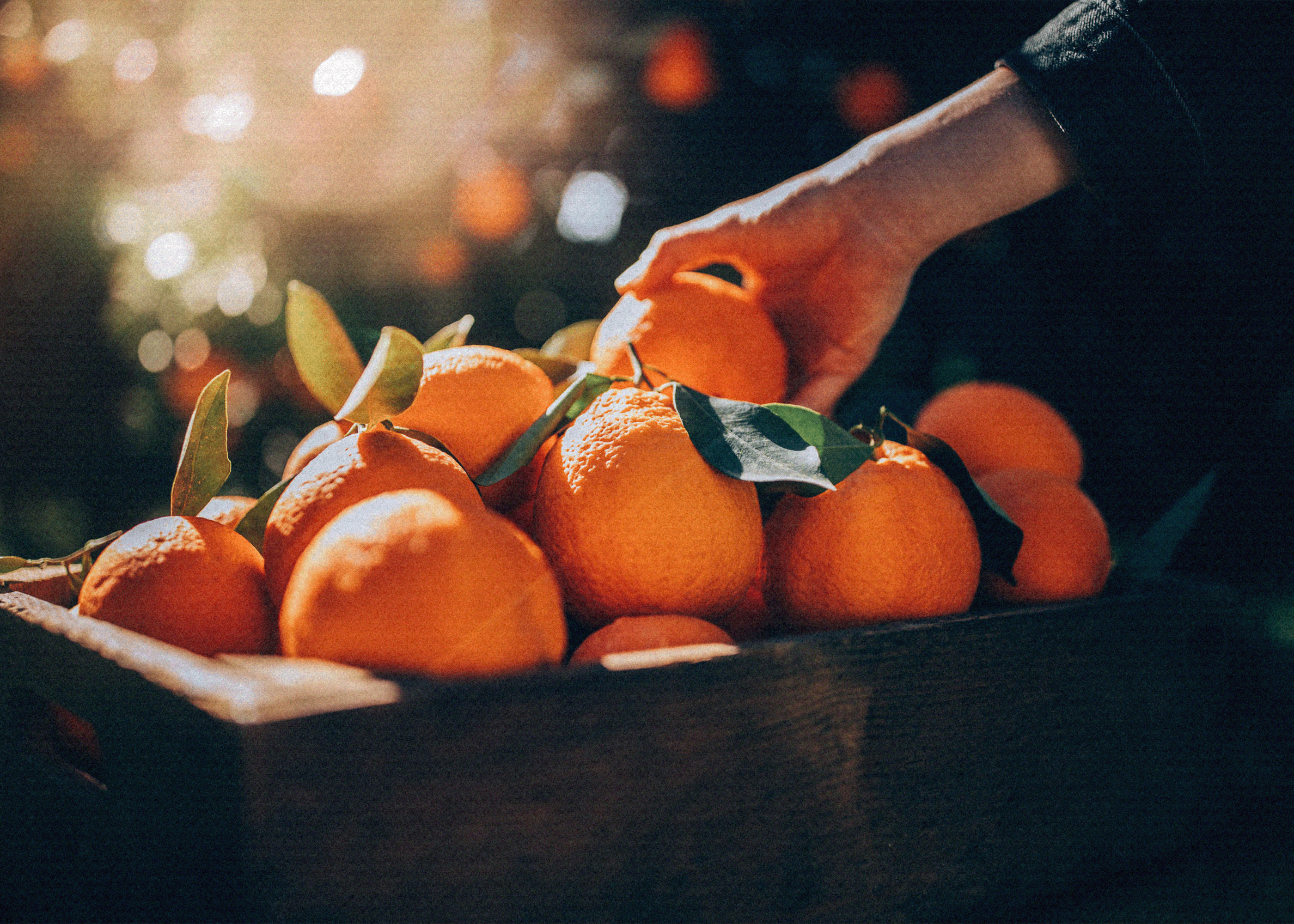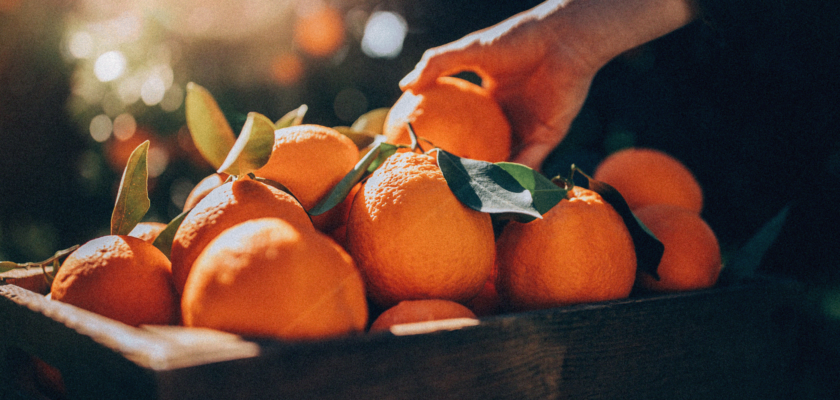Bright orange tangerines are undoubtedly one of the most popular fruits in the world. Fortunately, today you can enjoy tangerines at different times of the year, and this is good news, as they are not only tasty, but also healthy. Especially some of their varieties, juicy, sweet and pitted.
Some tangerine trees cannot reproduce without human help, as breeders have bred seedless varieties, and they can only be propagated by shoots. As, however, is the case with many other domesticated plants.
Along with oranges, tangerines often become the ancestors of various citrus hybrids that are actively bred by modern botanists.
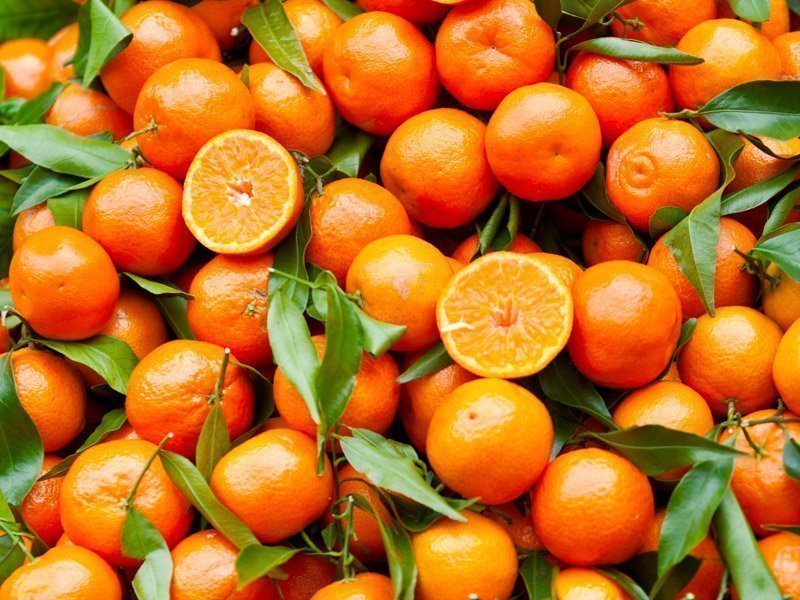
Many tangerines sold in stores, although they look familiar, are actually hybrids with other citrus fruits. For example, tangerines or clementines.
The highest quality tangerines are those that seem too heavy for their size. They are very juicy, but in very light fruits there is little moisture, but there are too many seeds and harsh fiber, and they taste so-so.
Picking tangerines is a laborious task. In order for these fruits to be stored well and not rot, they must not be plucked, but cut with scissors. And do it in such a way that there is no long “tail” that can pierce neighboring fruits.
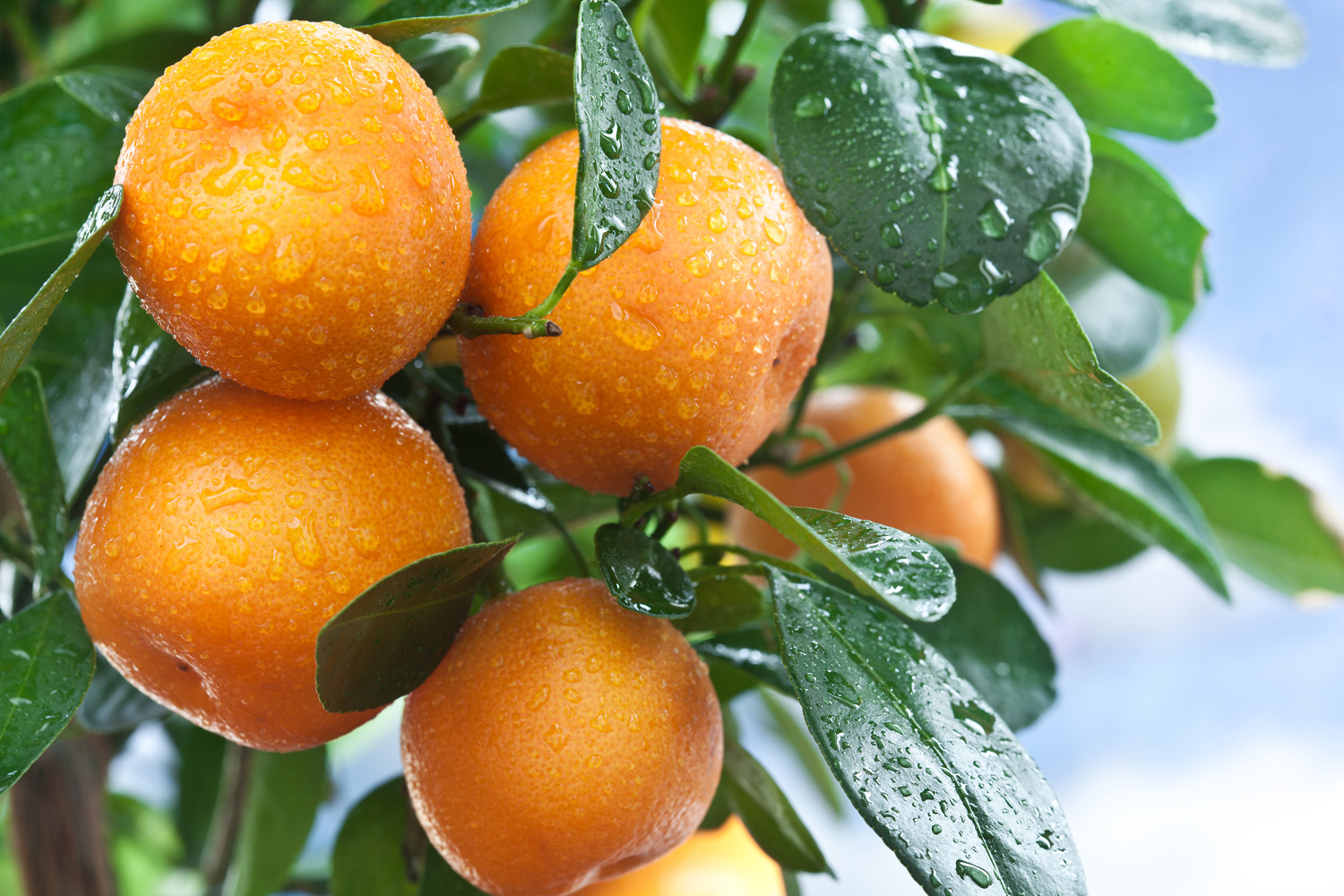
Despite the popularity of tangerines all over the world, it is almost impossible to find tangerine juice on sale. This is due to the fact that during heat treatment it loses all its useful properties.
In addition to edible varieties of tangerines, there are also decorative ones grown solely for the sake of beauty.
Tangerines help the liver break down toxins and protect it, including from obesity. They also lower bad cholesterol levels in the blood.
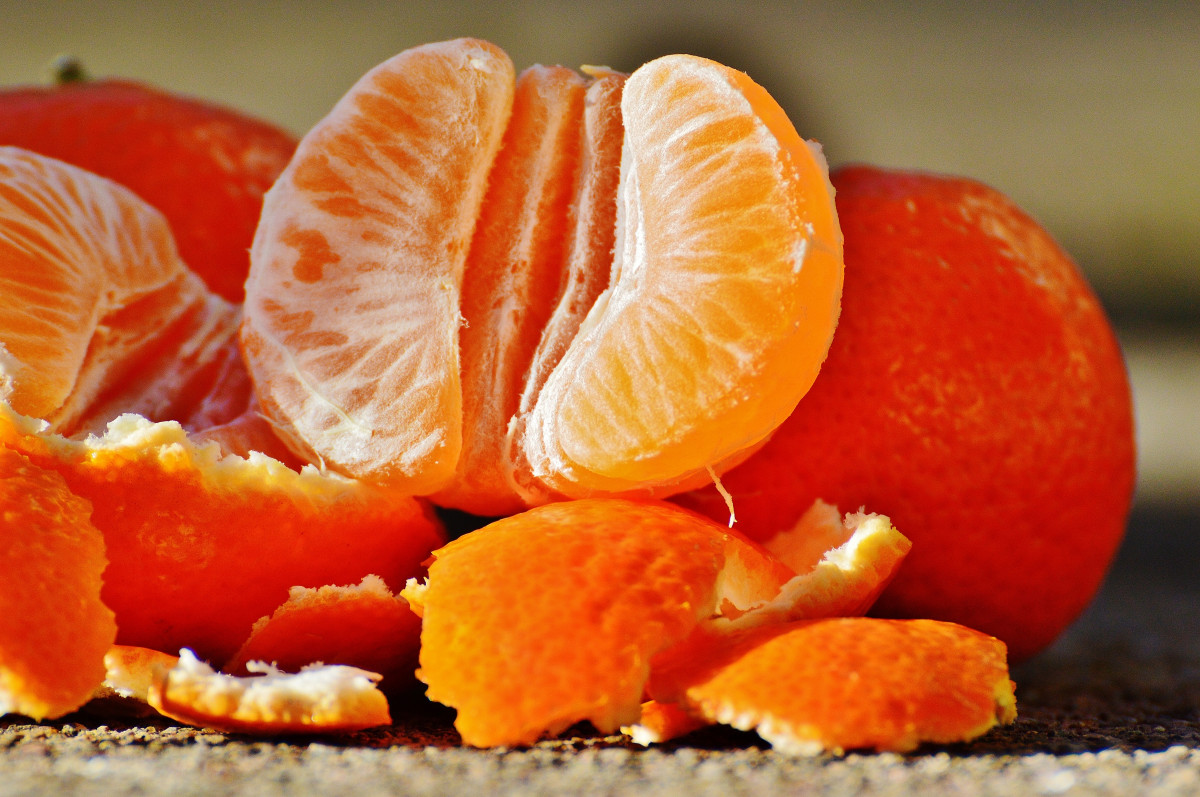
The birthplace of this fruit is Asia, more precisely, China.
Tangerines came to Europe only at the beginning of the 19th century, that is, about two hundred years ago.
So far, no one has been able to find wild tangerines. Most likely, they simply do not exist, and the fruits that we know were brought out by ancient Chinese gardeners.
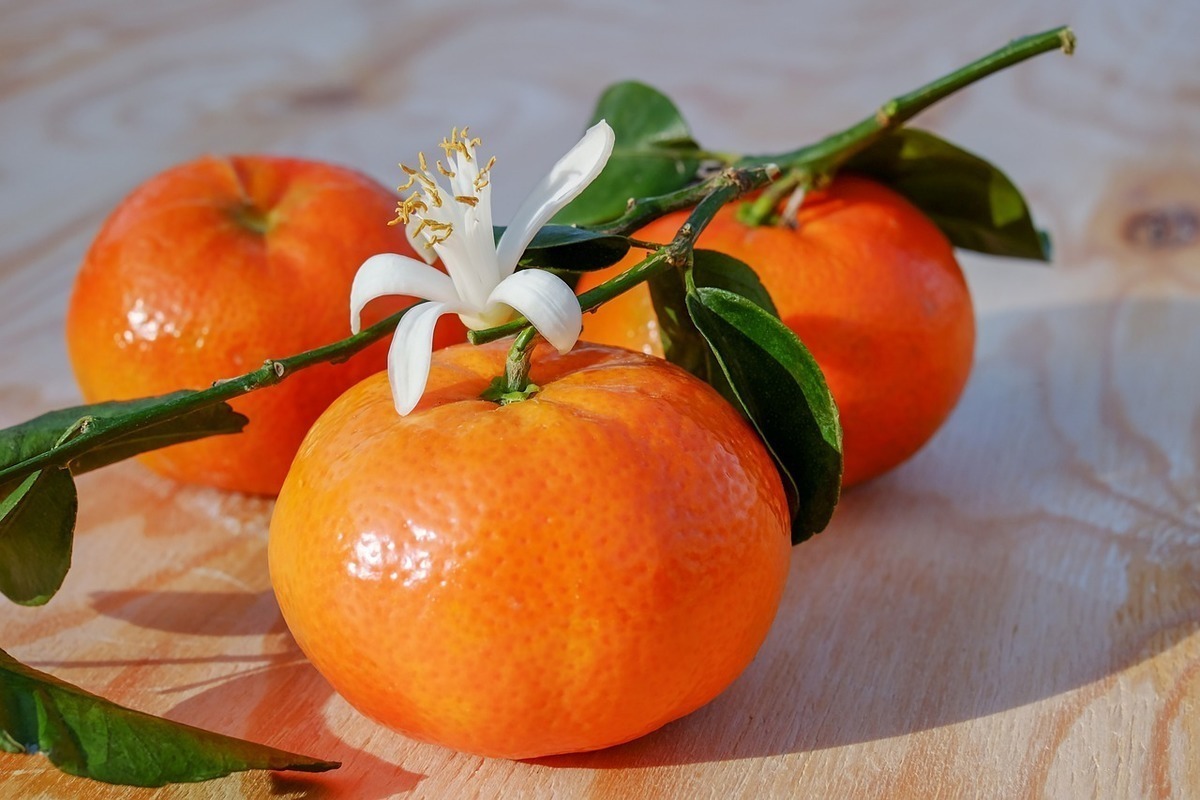
From one tangerine tree, you can collect up to 5000-7000 fruits per season.
In China, tangerines are considered a symbol of wealth.
To keep tangerines for a long time, they are covered with wax. Wax itself is harmless to us, but it can hide defects in the fruit.
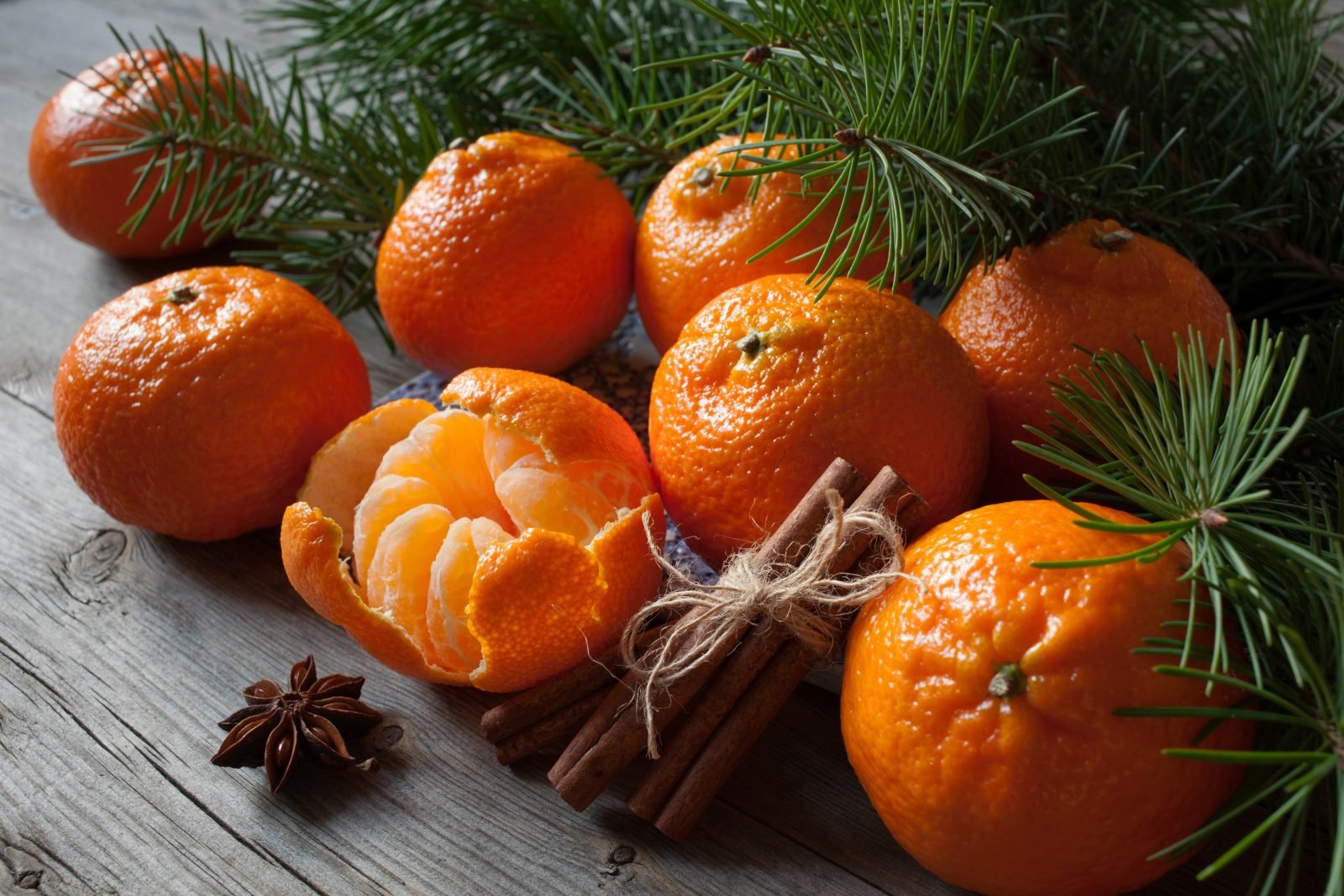
Tangerines are a strong allergen, so they should not be consumed by those who are allergic to citrus fruits. This is especially true for children.
Scientists have proven that the aroma of these fruits helps relieve stress, improves mood, invigorates and inspires.
The shade of the ripe fruit depends on the variety and varies from yellow-orange to dark orange.
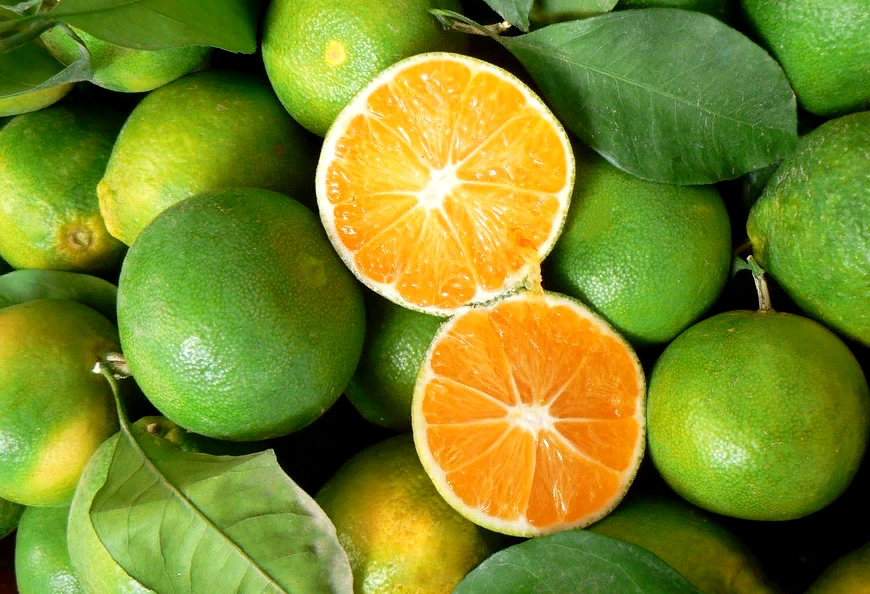
Mandarin is the most cold-resistant of all citrus crops.
Mandarins do not contain nitrates. This is due to the fact that there is a lot of citric acid in fruits, which, due to its properties, neutralizes their harmful effects.
The full ripening of the fruit takes from 6 to 8 months, depending on the variety and the conditions in which the tree grows.
